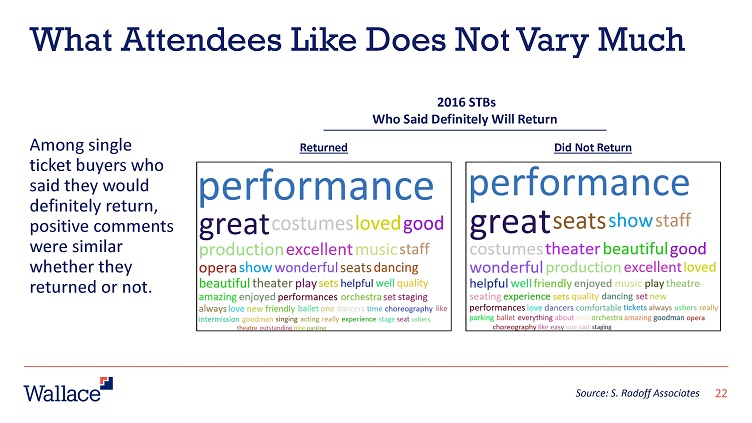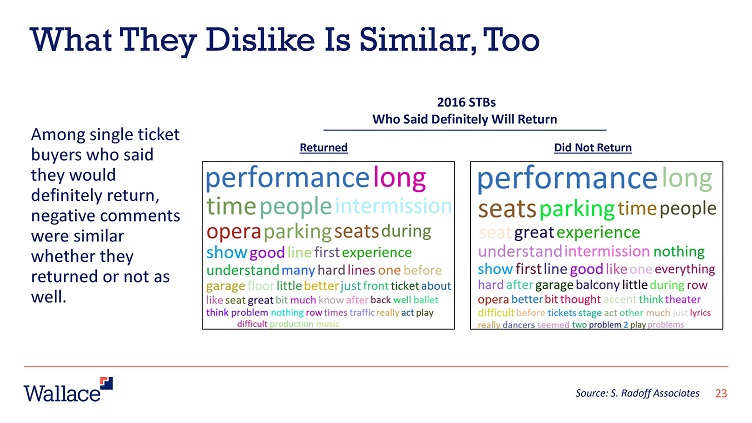Artsjournal.com linked to a Washington Post story about a Boston based project call “The Jar” whose “goal is forging comradeship via conversations about artistic experiences among groups that otherwise find few opportunities to commingle.” The project seems to start from the premise that it is going to be difficult to diversify audiences and experiences if people continue to participate with those who share the same general demographic profile as themselves.
The approach of The Jar is to intentionally shape the composition of the audience and setting. They start by getting people of diverse backgrounds agreeing to be conveners for some sort of event. Each of these conveners agrees to invite five others to the event at $10 a person with the goal of having a maximum of 96 people in attendance.
Here is where their recipe for assembling an audience comes into play:
One invitee in each “jar” of six people is an intimate of the convener; two are “usuals” — friends or colleagues. But two others must be “unusuals,” people the convener barely or only incidentally knows. Or as Ben-Aharon put it, “people who you wouldn’t normally experience culture with — two people who may not look like you, love like you, pray like you.”
[…]
“Let’s say you go to church, and you’re a White gay man, and you go to this church with your husband, and your normal circle is White gay men — why wouldn’t that be? That’s just the way society dictates we live.
“But suddenly you’re invited to The Jar and you have to think of who are the two ‘unusuals,’ and you invite a Black lesbian couple from that church. And suddenly you create a friendship with them. Suddenly you create a bond — and this actually happened, by the way.”
I don’t know if the quality of the artists is always as high as the pairing of Yo-Yo Ma and New Yorker cartoonist Liza Donnelly, but if it is, I would guess that might be a factor in overcoming reticence in accepting an invitation to an event from people you barely know. The pairings of artists are also intentionally unexpected. Ma played cello in response to questions from the facilitator while Donnelly sketches of Ma and the audience were projected on a screen.
The project is funded by a $750,000 multi-year grant from Andrew W. Mellon Foundation if you are wondering how they can afford artists of this caliber hosting events that are intentionally designed to generally a maximum of $960. They apparently don’t have any problem gathering audiences in these days of increasing social disconnection. However, given the design of the events where intimate experiences are the point, they are having difficulty with scaling it to transfer to other cities and garnering the funding required to accomplish that.
As you may suspect, conversation is an important element of the experience rather than just passively observing.
Rob Orchard, formerly founding managing director of American Repertory Theatre…attends Jar happenings. “It’s unusual, using the arts as the catalyst for understanding differences. You hear people who experience the same piece as you, and you get to appreciate how their response to it is totally different from yours.”
While there is definitely an element of self-selection inherent to the project – inviting people with whom you have an incidental or tangential relationship means that you and they travel in the same general orbits and the willingness to accept the invitation means they are generally open to having the experience. However, the design of the program still requires one to stretch slightly past their comfort zone to make or accept the invitation, which is an obvious important first step toward opening oneself to new experiences, new conversations and new relationships.




Santa Cruz Shakespeare has several tiers of benefits for donors/members. Some, like season-announcement parties, are open to several tiers. Some,…